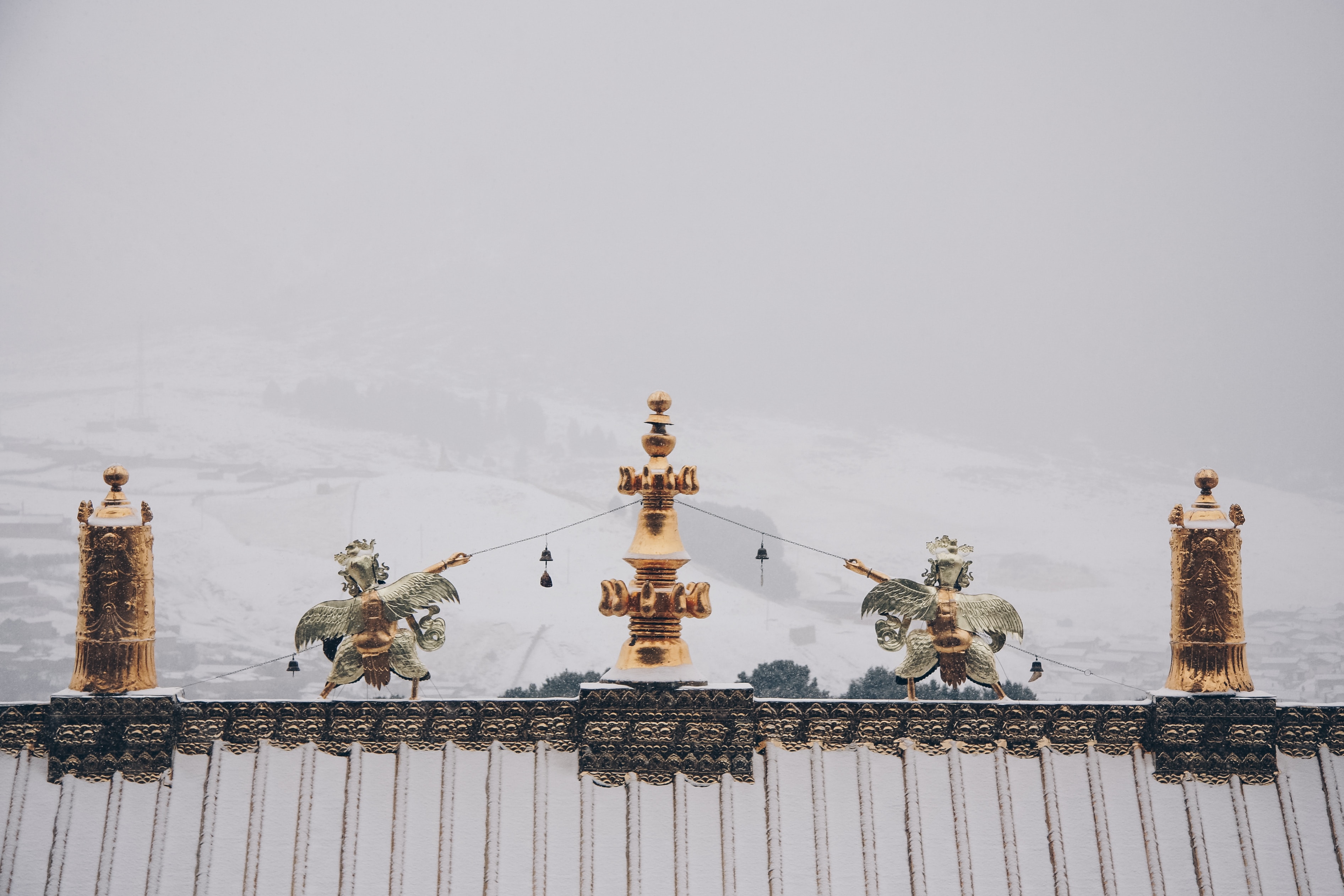Kesang Jinpa
Kesang Jinpa is a large town in the remote mountain region of Tibet, or the "Tibetan Autonomous Region" in Southwest China. While it can be reached by road, the mountainous climate of the Himalayas allows for the people there to retain much of their own cultural identity, despite Chinese government politics in Bejing. It is one of, if not the, oldest settlement in the region.
Unlike other villages and settlements, Kesang Jinpa was already settled before the implementation of the effort to force Tibetan natives to abandon their nomadic lifestyle. Though, as the natives of Kesang Jinpa may not be as nomadic as others were in the region, those Kesang locals that kept mountain goats or other herd animals often ranged far along the mountainside in a nomadic-like fashion. But, no matter how far they did travel or wander with their herds to trade, they always would return to Kesang to the place that the locals refer to as their 'forever home'.
Architecture and Town Structure
Kesang Jinpa is actually three distinct locations that are connected by a series of stairs, weighted lifts and mountain tunnels. The first two plateaus are the living areas and other support buildings for the community, such as schools, repair shops for generators and so on. The highest plateau contains the monastery, a Buddhist temple that takes its name the town.
Architecture in Kesang Jinpa is a tapestry of history. As the settlement grew from its early beginnings, so did the architecture. Influenced by travelers from other Tibetan tribes, then later visitors from India, China and even farther away, the building design is a mix of all those influences blended in a with an overlay of traditional Tibetan culture.
Prayer flags are hung at prescribed locations, where they are sure to catch the most sunlight and wind to carry on the hopes and prayers as is the belief there. Despite the rocky ground, the natives of Kesang Jinpa have become quite adept at coaxing terraced fields of many kinds of vegetables and fruits for their use. For those plants that require more protection from the elements, the natives make use of the cave system that is next to their town. There, many of the caves have wide natural chimneys to the open sky. It allows in light and precipitation but the shape of the rock chimneys and the caves themselves provide an effective means to trap warmth. This makes for a serviceable greenhouse.
Kesang Jinpa Monastery
The monastery likewise makes use of the natural cave system. So much that only 5% of the monastery is on the outside of the mountain. The remainder resides in the mountain in the cave system there, many of which have the aforementioned natural chimneys.
Of these, the Garden of Thought is the most breathtaking, where the cave's chimney is almost as wide as the cave room itself. In the cave is a large marble sculpture of buddha in the traditional sitting pose. Around the statue is a wide sand garden that is raked into new patterns daily. Past that, along the edges of the sand garden are places to sit, burn incense and meditate.
Rumors have long circulated about the monks there and the monastery. Stories say that the monks long ago perfected the skill of 'Clear Thought'. Some have been said to achieve astounding, almost metahuman level of mental prowess. Those same stories relate tales of monks being able to perform astounding physical feats of gymnastics, pain tolerance, and body control. The greatest of these mysterious skills is said to be the ability to 'Cloud Minds'.
But no monk from or at the monastery has ever confirmed or denied the stories.





Comments